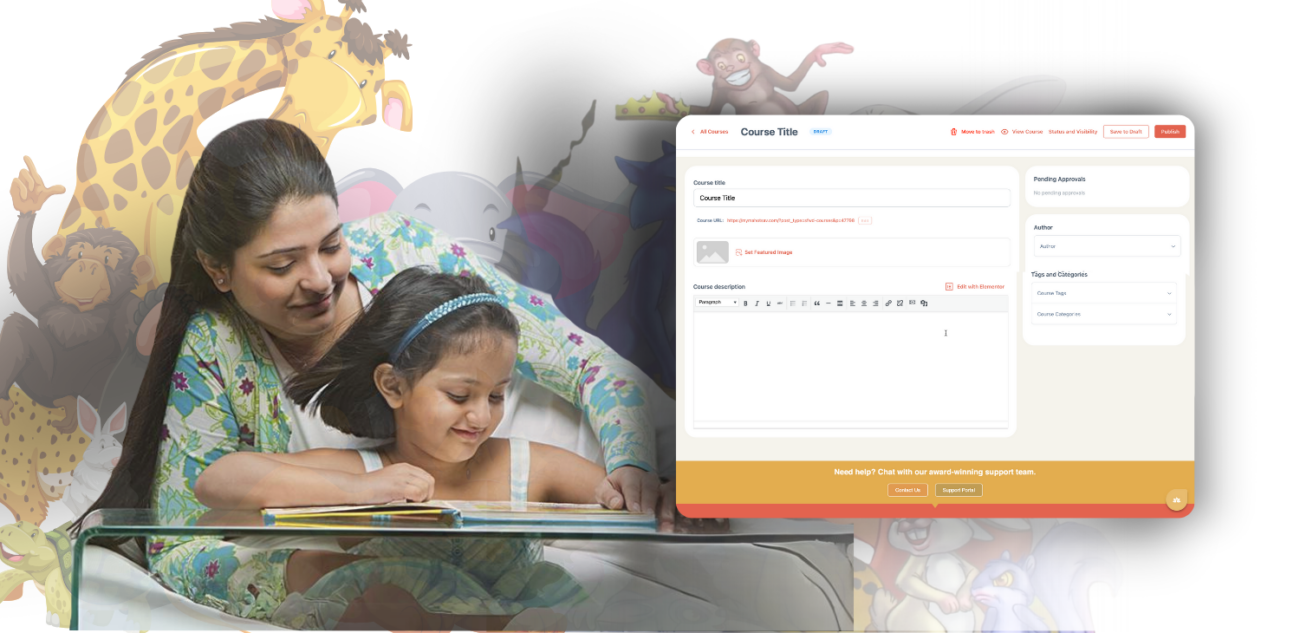
Interactive Learning: How Online Courses are More Engaging
In the digital age, the landscape of education has undergone a revolutionary transformation. The traditional classroom setting, with its rigid schedules and geographical limitations, is being complemented, and in some cases replaced, by the dynamic world of online learning. One of the most exciting developments in this realm is the rise of interactive learning. Online courses are now more engaging than ever, thanks to innovative technologies and pedagogical strategies that foster active participation, collaboration, and personalized learning experiences. Let’s dive into how these advancements are reshaping the educational experience for learners everywhere.
The Evolution of Online Learning
Online education has come a long way from its early days of static text-based content and pre-recorded lectures. Today, it leverages cutting-edge technology to create immersive and interactive learning environments. This evolution has been driven by the need to engage learners more deeply and to replicate, and even enhance, the interactive aspects of traditional classroom settings.
Key Elements of Interactive Learning
1. Real-Time Interaction
One of the standout features of modern online courses is the ability to facilitate real-time interaction between instructors and students. Live webinars, virtual classrooms, and real-time chat functions enable immediate feedback and dynamic discussions. Platforms like Zoom and Microsoft Teams have become integral to this aspect, allowing learners to ask questions, participate in discussions, and collaborate with peers, just as they would in a physical classroom.
2. Gamification
Gamification incorporates game-like elements into the learning process, such as points, badges, leaderboards, and challenges. This approach not only makes learning more enjoyable but also motivates students to engage more fully with the content. Courses that use gamification techniques can turn even the most mundane subjects into exciting and competitive activities, encouraging continuous participation and effort.
3. Interactive Multimedia
Gone are the days of passive learning through reading and listening alone. Interactive multimedia, including videos, simulations, quizzes, and virtual labs, provide hands-on experiences that reinforce learning. For instance, language learners can practice speaking through interactive dialogues, while medical students can perform virtual dissections. These tools cater to various learning styles, making education more accessible and effective.
4. Personalized Learning Paths
Adaptive learning technologies use algorithms to personalize the educational experience based on individual student performance and preferences. These systems can adjust the difficulty of tasks, suggest additional resources, and provide tailored feedback, ensuring that learners are always challenged at an appropriate level. This personalized approach helps maintain engagement by meeting students where they are in their learning journey.
5. Collaborative Learning
Interactive online courses often emphasize collaborative learning, where students work together on projects, participate in group discussions, and share insights. Platforms like Slack, Trello, and Google Workspace facilitate seamless collaboration, even when students are miles apart. This collaborative approach not only enhances learning outcomes but also builds essential teamwork and communication skills.
The Benefits of Interactive Learning
Enhanced Engagement and Retention
Interactive elements keep learners actively involved in the educational process, which leads to better engagement and higher retention rates. When students are actively participating, they are more likely to absorb and retain information.
Flexibility and Accessibility
Online courses offer unparalleled flexibility, allowing learners to access content and participate in activities at their convenience. This flexibility is particularly beneficial for adult learners, working professionals, and individuals with varying schedules and commitments.
Global Reach and Diversity
Interactive online courses connect learners from around the world, fostering a diverse learning community. This global perspective enriches discussions, broadens understanding, and cultivates a more inclusive learning environment.
Continuous Feedback and Improvement
Real-time feedback and continuous assessment allow learners to identify areas for improvement and track their progress. This ongoing feedback loop helps students stay motivated and focused on their learning goals.
Embracing the Future of Learning
As technology continues to advance, the potential for interactive learning will only grow. Emerging technologies such as virtual reality (VR), augmented reality (AR), and artificial intelligence (AI) are poised to further revolutionize online education, making it even more immersive and personalized.
Conclusion
Interactive learning is transforming online courses into dynamic and engaging experiences that rival, and often surpass traditional classroom settings. By leveraging real-time interaction, gamification, interactive multimedia, personalized learning paths, and collaborative tools, educators are creating enriched learning environments that foster deep engagement and active participation. As we embrace these innovations, the future of education looks brighter than ever, promising a world where learning is accessible, enjoyable, and endlessly engaging. So, dive into the world of interactive online courses and discover a new way of learning that captivates and inspires.





